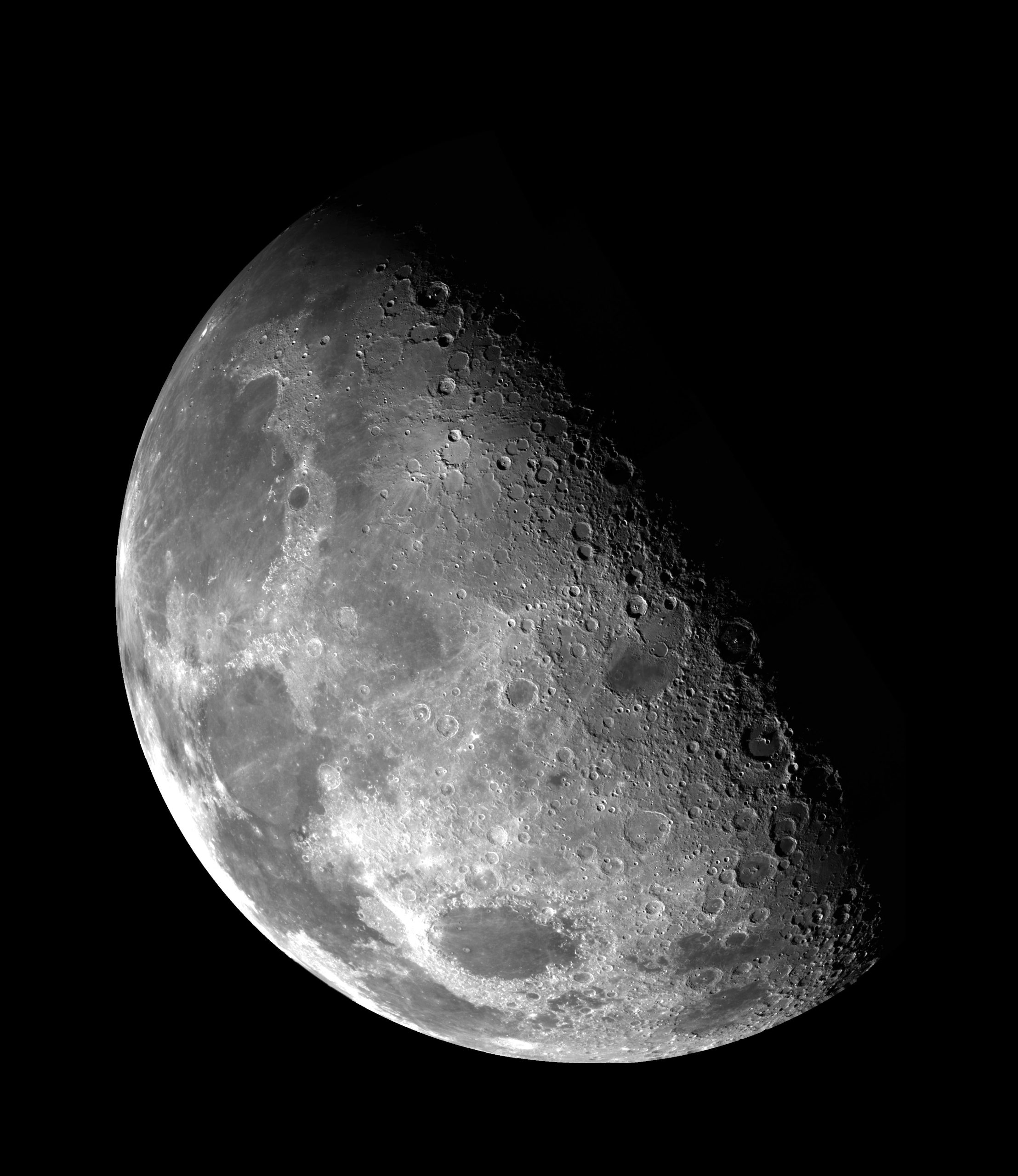What is a Waxing Crescent Moon? Definition and Meaning Explained
When you gaze up at the night sky, you may notice a mesmerizing dance of celestial bodies, with the moon playing a significant role in this cosmic spectacle. The moon, Earth’s only natural satellite, undergoes various phases, from new moon to full moon and back again. One of the early phases in this cycle is the waxing crescent moon.
In this blog post, we will delve into the definition and meaning of the waxing crescent moon, exploring its characteristics, appearance, and significance in the night sky. So, let’s embark on this lunar journey together!
Understanding Moon Phases
Before diving into the specifics of the waxing crescent moon, let’s take a moment to understand moon phases in general. The moon orbits around the Earth, and as it does so, differing amounts of its illuminated surface become visible to us. These visible portions of the moon are what we perceive as moon phases.
The entire lunar cycle, also known as the synodic month, lasts approximately 29.5 days. It encompasses eight primary phases: new moon, waxing crescent, first quarter, waxing gibbous, full moon, waning gibbous, last quarter, and waning crescent. Each phase has its own distinct appearance and timing.
The Waxing Crescent Moon Definition
Now that we have a basic understanding of moon phases, let’s focus specifically on the waxing crescent moon. The waxing crescent moon appears in the sky shortly after the new moon phase. It marks the first visible stage of the lunar cycle.
During the waxing crescent phase, the moon appears as a thin, crescent-shaped sliver. Its illumination increases daily as it moves towards the first quarter phase. The journey from the new moon to the first quarter lasts approximately one week.
Characteristics of the Waxing Crescent Moon
The waxing crescent moon is distinguished by several notable characteristics that make it easily recognizable to stargazers:
- Shape: The waxing crescent moon resembles a thin, curved line, resembling a “C” or a backward “C”.
- Location: The waxing crescent rises in the east shortly after sunset and sets in the west before midnight.
- Illumination: During the waxing crescent phase, only a small portion of the moon’s surface is visible, typically less than 50%. The visible portion slowly increases each night, until it reaches approximately 25% illumination.
- Brightness: While not as bright as a full moon, the waxing crescent moon still provides a significant amount of visible light, making it possible to see some lunar features.
Significance of the Waxing Crescent Moon
Throughout human history, the moon has held cultural and symbolic significance. The waxing crescent phase, in particular, has been associated with new beginnings, growth, and potential.
Many cultures consider the waxing crescent moon as an auspicious period for embarking on new endeavors, setting intentions, and planning for the future. It symbolizes the initial steps towards achieving one’s goals and aspirations.
Astronomically, the waxing crescent moon also serves as an indicator of the changing seasons and lunar cycles. Its appearance heralds the gradual progression towards the first quarter moon and the increasing illumination of the night sky.
Observing the Waxing Crescent Moon
If you want to observe the waxing crescent moon in all its splendor, here are a few tips:
1. Timing: Look for the waxing crescent moon shortly after sunset, typically within 1-5 days after the new moon. The closer you are to the new moon phase, the slimmer the crescent will appear.
2. Location: Find a location with an unobstructed view of the western horizon, as the waxing crescent sets in the west shortly after dark.
3. Binoculars or Telescope: While the waxing crescent moon is visible to the naked eye, using binoculars or a telescope can enhance your viewing experience, allowing you to see more details on the lunar surface.
4. Moon Apps or Websites: Utilize various moon-related apps or websites to track the lunar phases, rise and set times, and other interesting information about the moon.
Wrapping Up
The waxing crescent moon, with its delicate, curved shape and increasing illumination, is a captivating phase of the lunar cycle. Its appearance signifies the beginning of the moon’s journey towards the first quarter phase, as well as new beginnings and the possibilities that lie ahead.
Next time you step outside on a clear evening, take a moment to gaze up at the sky and appreciate the beauty of the waxing crescent moon – a celestial reminder of the ever-changing nature of our universe.
Table of Contents
